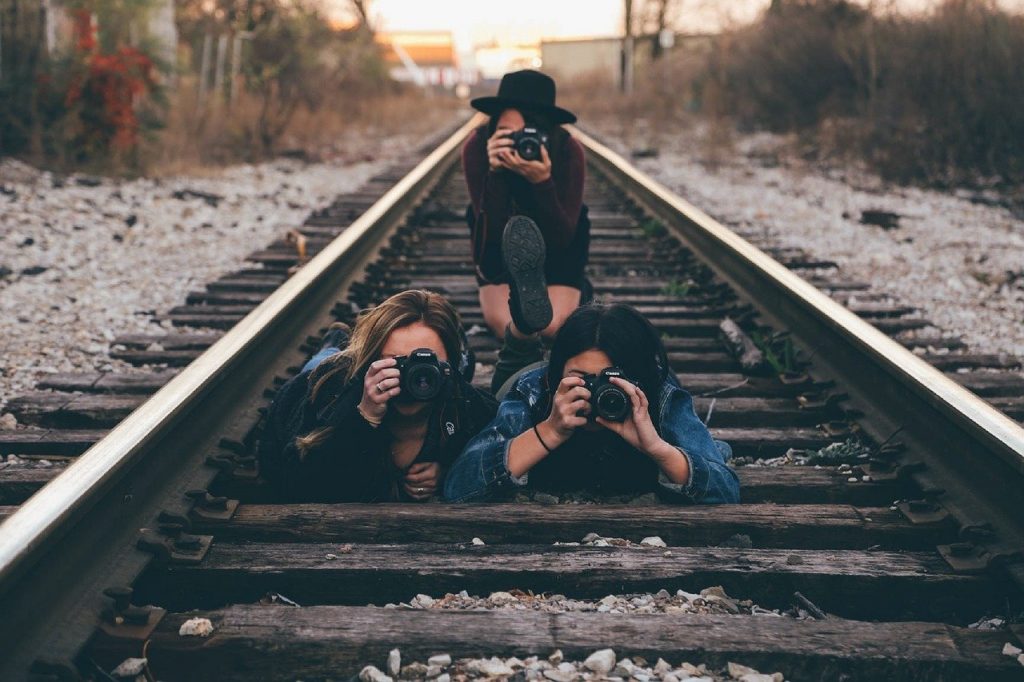Fashion photography is one of the most diverse and forward-thinking types of photography. Because it combines the concepts of fine art and commerce, each fashion photographer has their own style and vision. While some fashion work can be classified as couture, lifestyle, or street – the possibilities for your work in this photographic niche are limitless.
Even though every fashion photographer has their own preferred method of shooting, here are a few key tips for all photographers to keep in mind when working in the fashion industry
Use a Variety of Framing Techniques
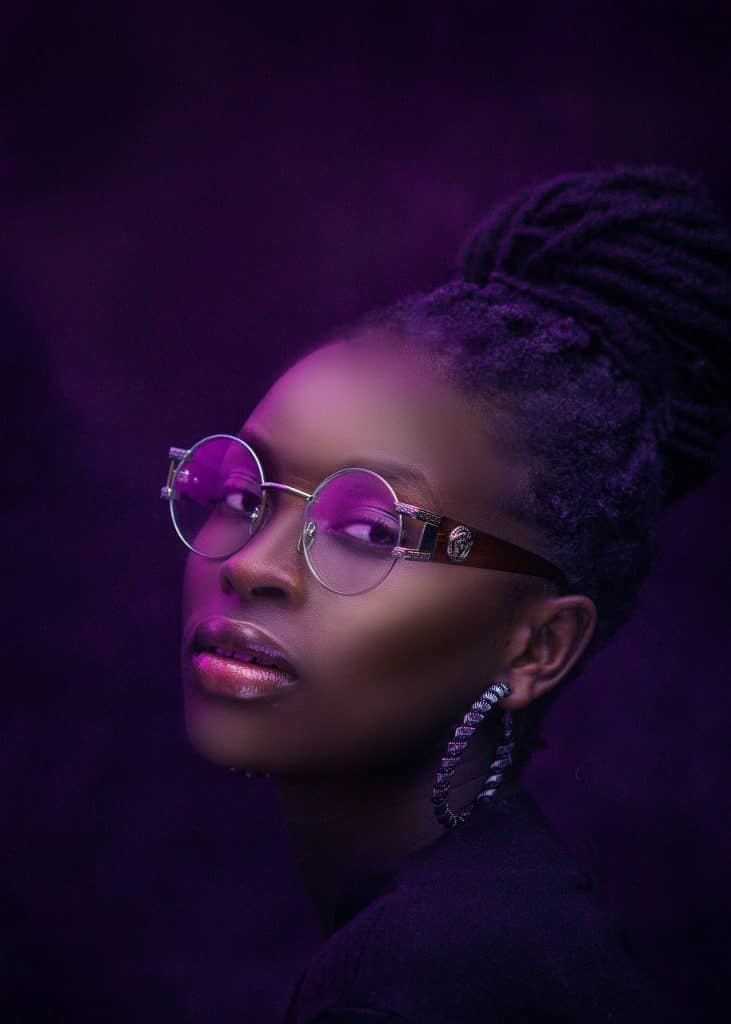
Fashion photography combines portraits and full-length images. The most important thing to remember is that a good fashion photographer is constantly experimenting with framing and composition. The goal is to draw the viewer’s attention to the item of clothing, jewelry, or accessory you’re photographing on your model. You should use framing techniques such as the up-close portrait approach, as well as a three-quarter crop and a full body length image.
We aim to frame our subject in various ways because we believe that fashion is about more than just clothes. It is also about the story, the mood, and the art of creation. As a fashion photographer, you must concentrate on capturing a series of images that, when combined, have an integrative, cohesive rhythm and flow.
Direct Your Subject with Posing and Movement
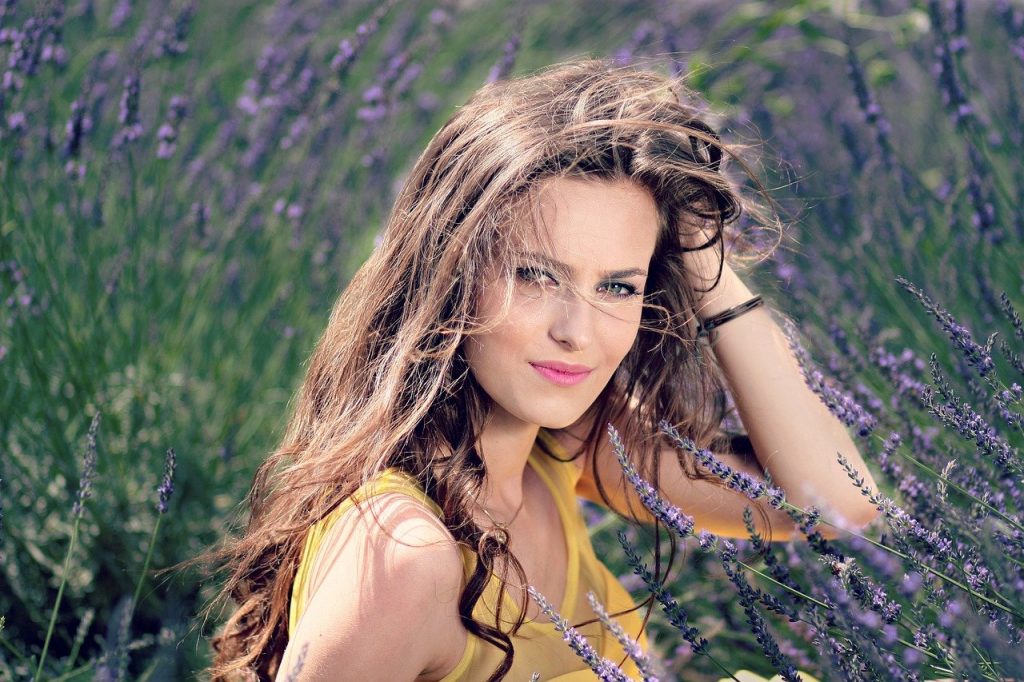
When photographing a model for a fashion project, you must be able to direct your subject. It is best to have a few poses in mind that fit the style of the shoot. You can assist the model with facial expressions, hand use, posture, and overall stance. In addition, when photographing clothing, it is critical to incorporate the use of movement. You can add dimension to the pieces by having your model play with the fabric or physically move their body by stepping, jumping, or leaning.
Depending on the project, your model may strike a variety of poses that convey a particular mood to the audience, such as strong, stoic, defeated, elated, and so on. It is critical to use these tools, but always make sure that your posing and movement are consistent with the overall theme and purpose of your shoot.
Pay Close Attention to the Details
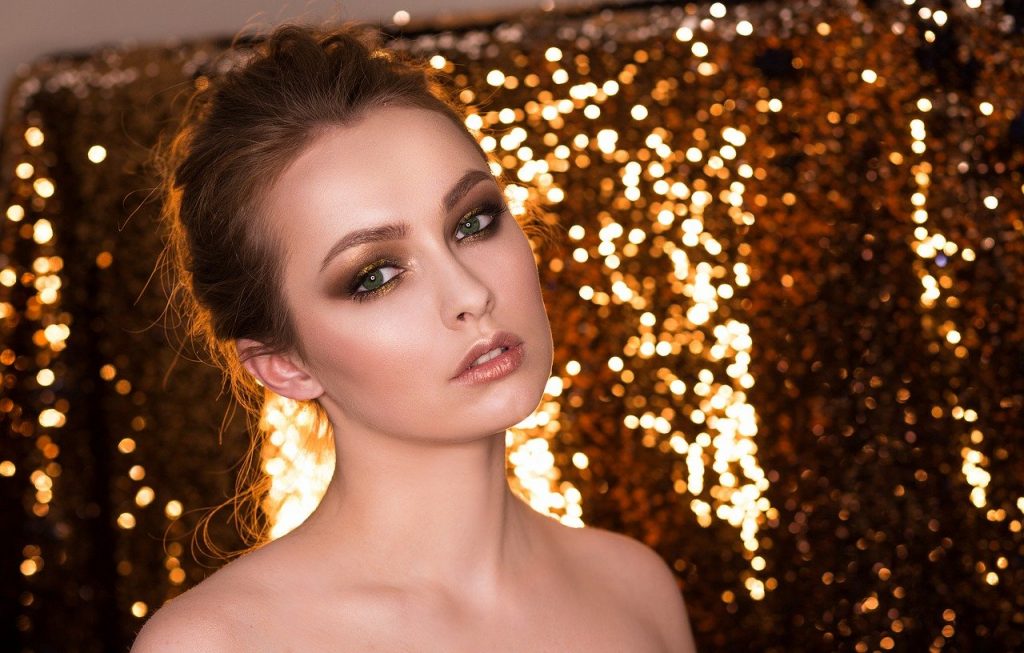
When photographing fashion, it is critical to pay attention to the details, which includes repairing any pieces or elements that may go wrong during the shoot. This can include adjusting the model’s hair, cleaning up their makeup, wiping sweat from their face, and adjusting wrinkled or disorganized clothing – the smallest details are important in fashion photography.
This is especially important if you are shooting a piece for a magazine or for a campaign. Yes, you can make hair, skin, and clothing adjustments in Photoshop, but there are some elements that must be corrected on the fly while shooting. If you pay attention to the details and have a team fixing elements while you shoot, your images will have a clean and professional appearance.
Don’t be Afraid to Experiment
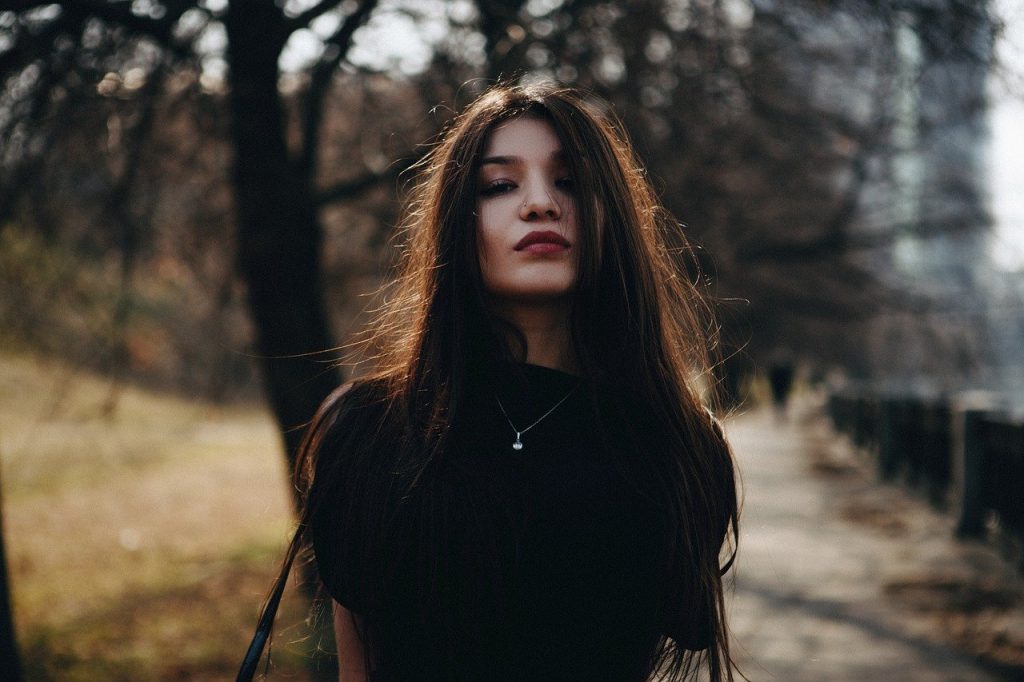
The most enjoyable aspect of fashion photography is the level of creativity within the niche. As a fashion photographer, you are encouraged to develop your own style and personal vision in order to stand out in the photographic community. When you first start out in fashion photography, it is recommended that you test and try new techniques frequently. If you prefer studio setups, experiment with different types of lighting. If you’re shooting outside or on location, get creative with how you position your subject in relation to the background. Add visual elements, use props, and dress in clothing that corresponds to the look you want to achieve.
The most successful fashion photographers are often those whose style is instantly recognizable, so with each project you photograph, begin developing and building your own.
Fashion photography has evolved over time to include a wide range of photographic styles and personal visions. If you are a photographer who shoots studio, lifestyle, or street style fashion, these tips will assist you in creating work that is specialized and one-of-a-kind to you. It is important to remember that the fusion of fashion and photography is an ever-changing spectrum. Today’s fashion photography encompasses a wide range of commercial, vintage, and one-of-a-kind brands, rather than focusing solely on haute couture.
Get to Know the Lingo
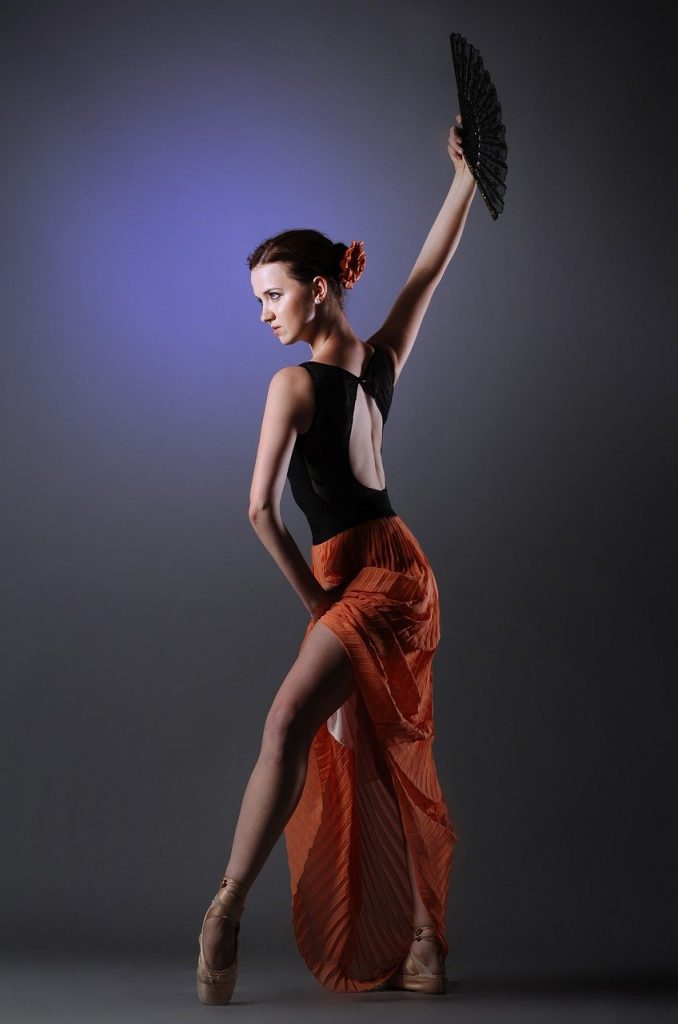
Fashion photography is all about selling a lifestyle in order to sell a piece of clothing. The goal of glamour photography is to sell the model (think the sexy model on a car to sell a cheeseburger).
There are three major subcategories of fashion photography: catalog, editorial, and high-fashion.
- Catalog is concerned with accurately capturing the items in order to present them for sale — images that would appear in a catalogue or on a product webpage.
- More lifestyle elements are included in editorial photography, and styling (of the model, the environment, and the fashion itself) is essential.
- High-fashion photography is the most avant-garde and, as a result, frequently the most expensive. Many high-fashion shoots contain fantastical elements and may feel more like a film set than a photo shoot.
Shoot Only in RAW Format. Always
Yes, RAW images take up more space and time to process, but they also have a lot more data to work within post-production. Shooting in RAW gives you (by far) the most flexibility in the photo editing process in Lightroom, and there’s really no other way to shoot if you want to succeed.
Be Prepared to Be the Director
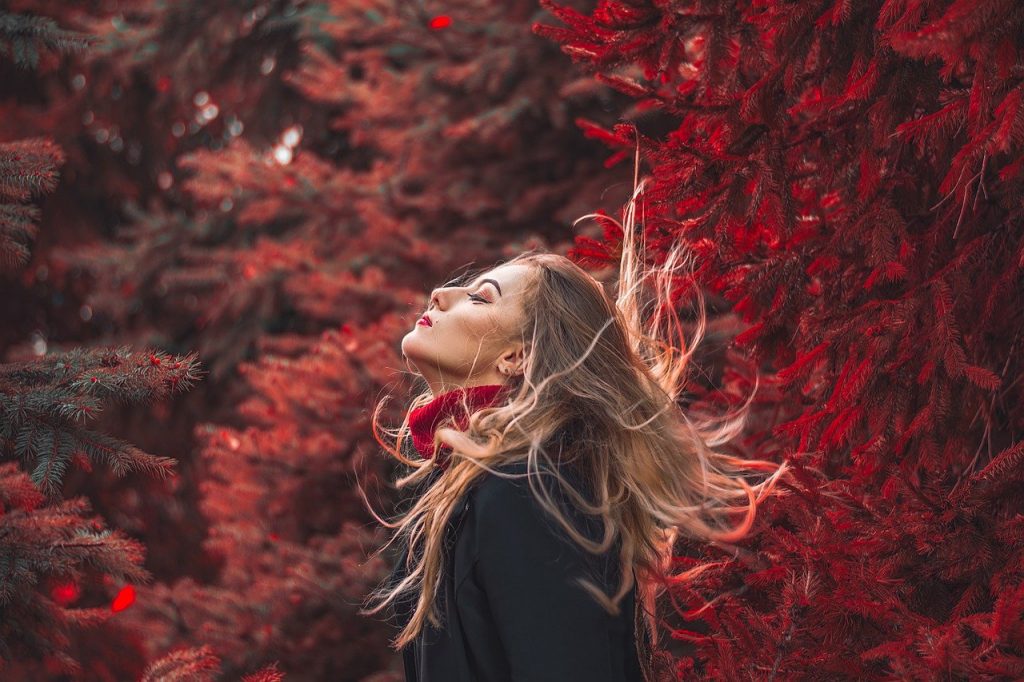
On a film set, the person behind the camera is usually following the director’s directions (or supporting the director’s vision). The photographer is frequently also the director on a fashion photoshoot. If you’re expected to fill that role, you’ll need to plan your shoot carefully, taking into account everything from location to lighting, posing, and post-production. All of these elements contribute to your ability to tell a story through your images, so it’s critical to understand what the client is attempting to accomplish so that you can create a cohesive plan to support it.
Check Your White Balance, Early & Often
Because fashion photography is all about fashion, taking the time to white balance is critical to getting images that accurately represent the items you’re photographing.
Check your white balance if your lighting changes. Changing the options? Examine your white balance. You can fix a lot in post-production, but the more you do ahead of time to set yourself up for success, the better.
Set Your Model Up for Success
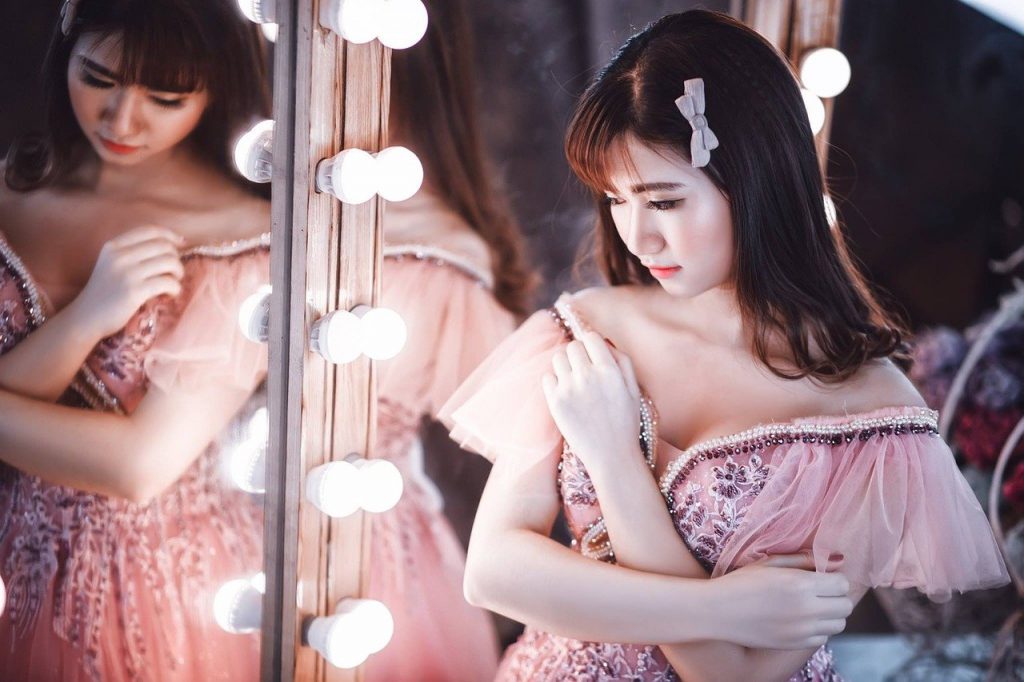
Give the model a clear vision of what you’re attempting to accomplish so that they can assist you. You can shoot single shots or bursts, but try not to kill the energy on set by squinting at your monitor between each frame. Poses that look good on camera will feel unnatural to many models, especially inexperienced ones.
If your composition isn’t quite right, have them experiment with small changes one at a time. If their mouth is closed, try opening it slightly to relieve jaw tension. Experiment with moving your chin forward and down slightly, lifting (or rolling back) one shoulder, looking in a slightly different direction, and so on.
Don’t Be Afraid of Motion
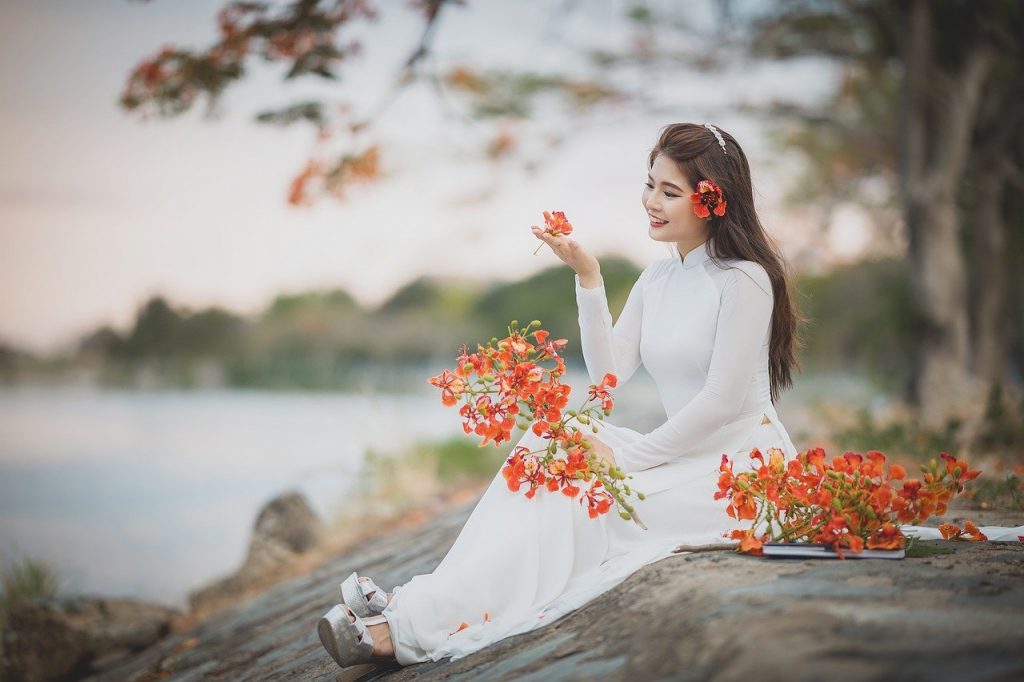
Because the model isn’t feeling so tense, the best photos can come from a candid or resetting moment. Set your camera to burst mode and have some fun if you’re ready to try some “action” shots.
Walking toward (or past) the camera, jumping, turning the head to get movement from the hair, and other simple actions can make for great action shots. Before a model begins jumping, ensure that they are wearing shoes that are both comfortable and safe (remember, they might have put those shoes on for the first time just a few minutes ago).
Don’t Lose Track of the Fashion
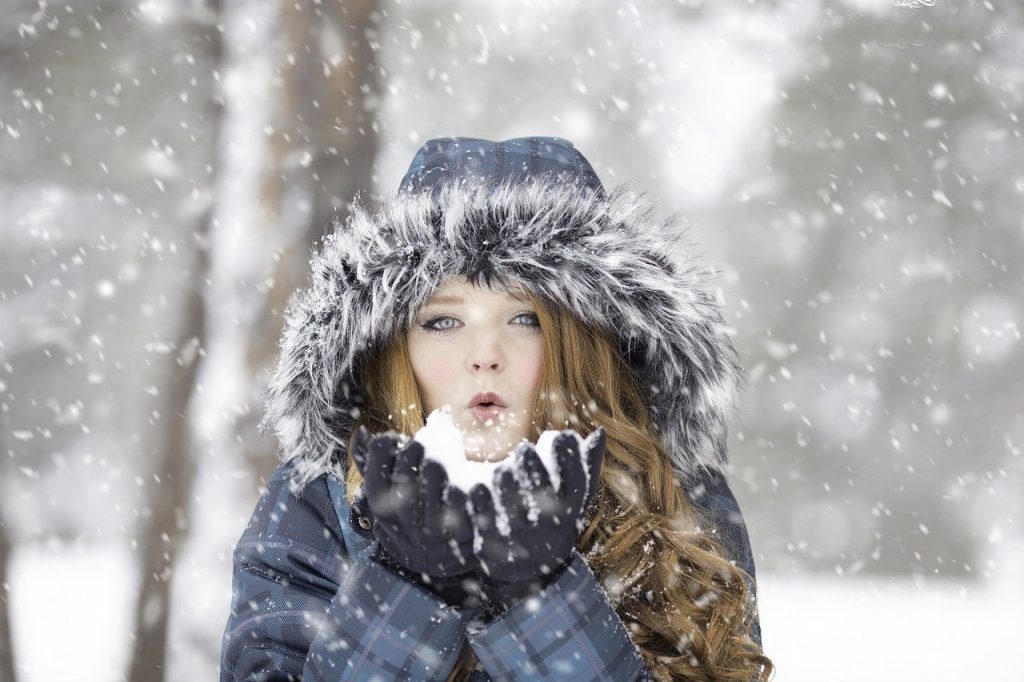
It’s easy to get caught up in making the model’s eyes stand out, but if the image’s purpose is to sell the handbag they’re carrying, you may be doing yourself a disservice. Determine early on where the image’s focus should be and ensure that everything (the background, framing, model, lighting, and so on) draws the viewer’s attention to the item you’re supposed to be showcasing.
Have you ever considered becoming a fashion photographer? If you already shoot fashion, do you have any tips to share? Please share your thoughts on the world of fashion photography in the comments section.
Note: If you want to make some adjustments to the photo just let me know. I can do it for you at a very low cost. You can hire me to edit your photo.
latest post
- What is Midjourney
 Discover the capabilities of Midjourney AI, learn how to effectively utilize the platform, and explore the advantages and disadvantages of the Midjourney AI image generator across its different pricing options.
Discover the capabilities of Midjourney AI, learn how to effectively utilize the platform, and explore the advantages and disadvantages of the Midjourney AI image generator across its different pricing options. - Brand identity elements
 In the vast marketing universe, imagery is pivotal in establishing and nurturing a brand’s identity. A brand’s visual choices are not merely aesthetic decisions but strategic moves that can significantly influence perception and performance. This Picfixs article explores the intricacies of selecting imagery that complements and enhances a brand’s essence, ensuring it resonates with the… Read more: Brand identity elements
In the vast marketing universe, imagery is pivotal in establishing and nurturing a brand’s identity. A brand’s visual choices are not merely aesthetic decisions but strategic moves that can significantly influence perception and performance. This Picfixs article explores the intricacies of selecting imagery that complements and enhances a brand’s essence, ensuring it resonates with the… Read more: Brand identity elements - 100 Best Mountain Captions and Mountain Quotes for Instagram
 Ready to scale new social media heights? Look no further than this treasure trove of 100 exhilarating captions and quotes, handpicked for your Instagram mountain posts!
Ready to scale new social media heights? Look no further than this treasure trove of 100 exhilarating captions and quotes, handpicked for your Instagram mountain posts! - Symmetry in Photography: A Creative Approach with Examples
 Delve into the enchanting realm of symmetry in photography as we showcase mesmerizing examples on our website. Experience the allure of perfectly mirrored images!
Delve into the enchanting realm of symmetry in photography as we showcase mesmerizing examples on our website. Experience the allure of perfectly mirrored images! - 11 Quarantine Photoshoot Ideas to Try at Home for Amazing Photos
 Looking for unique photoshoot ideas during quarantine? Explore the 11 creative suggestions that will help you capture unforgettable moments at home.
Looking for unique photoshoot ideas during quarantine? Explore the 11 creative suggestions that will help you capture unforgettable moments at home.


